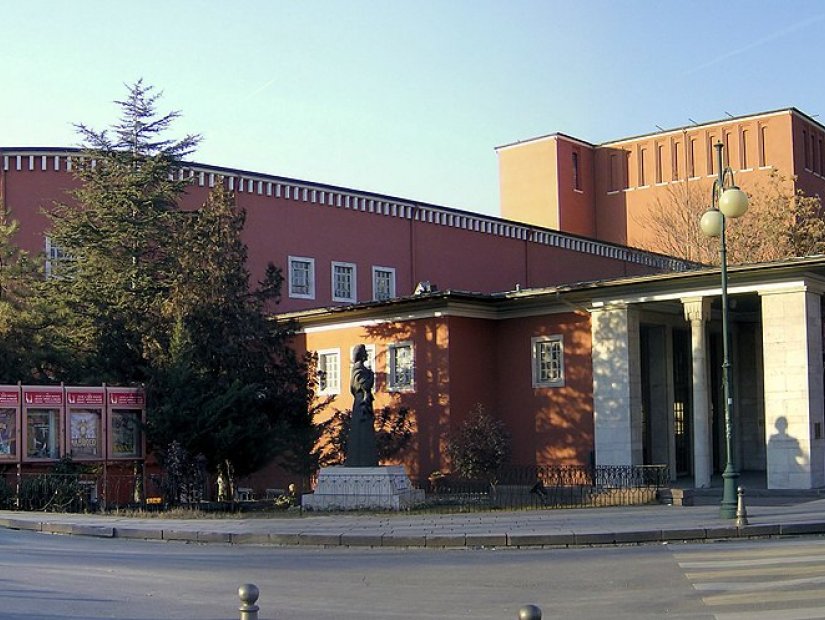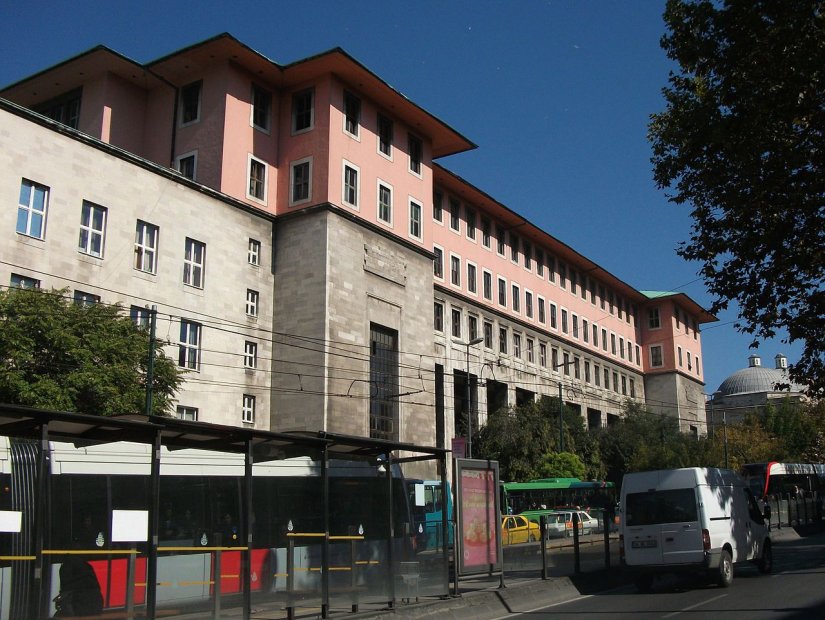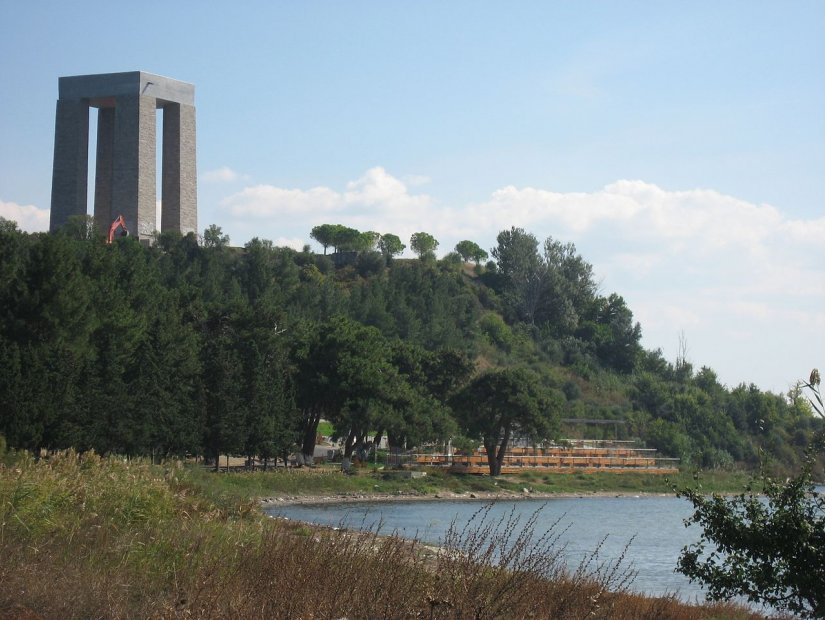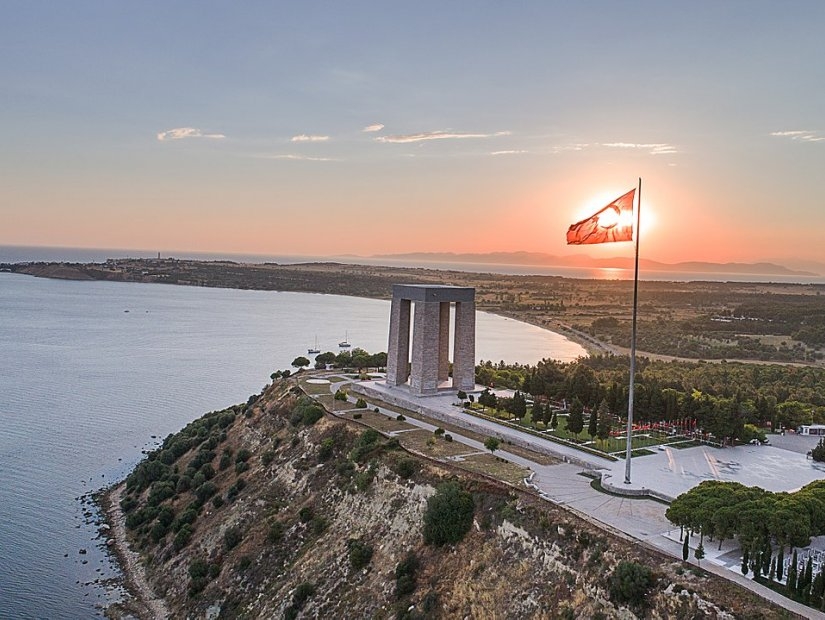Blog
Second National Architectural Movement in Turkey: History and Examples
Second National Architectural Movement in Turkey: History and Examples
After World War I, Europe was cradling with states that had nationalist and totalitarian regimes. In order to represent and deliver their ideologies, these countries focused on many kinds of products that would stand tall against their rivals. And one of the most prominent ways of creating such an effect was architecture. This competition led to an increased number of architectural movements across Europe, and Turkish architecture had received its share from these movements as well. Turkish approach to the architectural movements may be defined as a reaction against foreign architecture and a way of embracing traditionalism. Initially called "National Architecture", this prominent movement was later on called "Second National Architecture" and continued to have a lasting effect on Turkish architecture until the 50s. The primary importance of this trend was its focus. While in the past, Turkish architects mainly focused on religious and governmental projects while civil buildings were almost non-existent since mosques were able to supply citizens with what was needed. With the Second National Architectural Movement, attention from religious buildings considerably shifted into civil buildings. This movement was mainly based upon more simple, symmetrical, and stone-coated projects. The second National Architectural Movement was mostly based upon traditional aspects of Turkish architecture. This trend's leading foundation was the National Architecture seminars done by Sedad H. Eldem at the Academy of Fine Arts. Ideas and principles of Turkish architecture were shared and discussed by many young Turkish architects, leading to collective thought produced by the community. By these steps, the main approach of Turkey's architectural future was founded. Architects focused on large monuments, grand meeting halls, tall monuments and many public buildings in order to symbolize the power and integrity of the state. During this movement, Neoclassic architecture had a great influence on Turkish architects. Long arches, symmetrical columns, simple facades, beaded fringes were some of the aspects that highlighted the Second National Architectural Movement in Turkey. Let us take a closer look at some of the amazing buildings from this period.

Ankara Opera House
In service since 1948, Ankara Opera House is one of its kind in Turkey. Turkish Ministry of Culture and Tourism held an international competition which had attracted the attention of many famous architects around the world. Among countless numbers of projects, Turkish architect Şevki Balmumcu's exhibition center shined like no other. This project was the winner of this competition, and construction was started. With the additional help of the German architect Paul Bonatz, the exhibition center was converted into an opera house. An important venue for theatres, Ankara Opera House is the largest of three other opera houses in Ankara.

Istanbul University Faculty of Science and Faculty of Literature
Istanbul University is one of the biggest and oldest universities in Istanbul. With its Nobel winning famous alumni and rich history, Istanbul University preserves a prominent name worldwide. This university is 568 years old, to be precise, and has architectural value as well. Its Faculty of Science and Faculty of Literature buildings were built by renowned Turkish architects Sedat Hakkı Eldem and Emin Onat. After the previous buildings were destroyed in a fire, two new fascinating buildings that followed the Second National Architectural Movement principles were constructed between 1942 and 1952.

Çanakkale Martyrs’ Memorial
In honor of more than 250,000 soldiers who served in the Battle of Gallipoli, Çanakkale Martyrs' Memorial was erected. This fascinating memorial is surrounded by a grand park and an honorary cemetery. Designed by the architects Doğan Erginbaş, Ismail Utkular, and civil engineer Ertuğrul Barla, this memorial was the winner of the architectural contest in honor of the martyrs. With a unique museum and an additional monument, this building has been in service since 1960.


